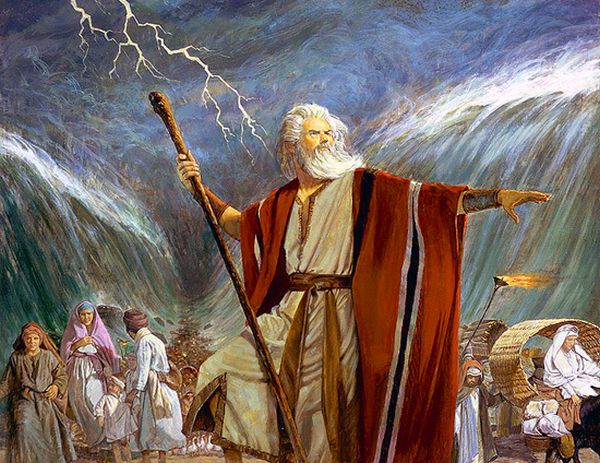Moses Led Israelites out of Egypt in 1450 BC – There is a lot to unpack in this picture! How much of the Exodus story really happened?
November, 2021. Moses is the only person in history to defeat Pharaoh Ramses II. But is the record historically accurate? Jews and Christians point to the Old Testament and other second, or third hand, historic sources. Yet not one of these claims is supported in existing Egyptian records: not in Pharaonic temple writings, state records, writing by scribes, or liturgy. There is controversy over whether or not Semites (Hebrews) were enslaved in Egypt for the Biblically claimed 300 years. Many people within the empires grasp were forced slaves. Egyptian records suggest that they had some slaves from the historic Semitic lands of Canaan. However, there is no direct evidence of large numbers of Hebrews present in Egypt for 300 years, as claimed in the Bible: If so, the Hebrews left behind no artifacts nor pottery shards, the gold standard of archeological reference. How does that work?
Pharaoh Ramses II was one of the world’s most successful military and political leader— ever. He ruled Ancient Egypt for sixty six years from 1279 -1213 BCE during the 19th Dynasty. Ramses II led Egypt to the height of empire boundaries and wealth through military conquests and domestic development. In addition, Ramses II was a monumental leader. He took temple and monument building to new heights, literally and figuratively. Take for example, take the jewel in the Egyptian temple crown, Abu Simbel, built at the southern border, very close to Nubia (now known as Sudan). This temple complex is being used here to showcase just how much military, political and economic power was wrapped up in Ramses II. He was probably the most powerful and wealthy man in the world, at that time. Yet Moses, one man with unarmed band of Egyptian slaves defeated him.
Let’s look at Abu Simbel as an example. This temple was built for two strategic purposes. Abu Simbel’s first purpose was to promote the cult of Ramses. The second function was to protect Egypt’s southern flank from threatened invasion by the rival Nubian Empire. The first function, loyalty to Ramses II, required the faith and fealty of the peasants to worship Ramses II. The pharaohs had to bind the people to his regime with no media outreach, press conferences, billboards، promos, or P.S.A. All ancient rulers had to rely on other means to mesmerize the people. World-wide, the ruling regime always relied on their awesome architecture to sway the masses. Temples, altars, monuments and statues were the Pharaoh’s hard sell to ensure the population to support the dynasties continued existence. Back then, and even now, monumental temples were awe inspiring. I have entered some monumental sacred-places and involuntarily fell on my knees and started praying. I had the same spontaneous response at few temples in Egypt; cathedrals in Russia, the Taj Mahal in India; and a few Hindu Temple in Bali. And I am actually not very religious; but I am open-minded to being awe-struck. For example, Abu Simbel is a special place to visit — both for it’s mystical, near-hysterical ancient beauty; and because its way out in the middle of southern nowhere. This Abu Simbel Temple is still in Egypt; but far south, only twenty five miles to the Sudan border, in the middle of BFE.
The Abu Simbel Temple complex actually consists of two temples: one Ramses II dedicated to himself, the other celebrating his main wife, Nefertari. Ramses II built these twin Temples 1,300 years before Jesus of Nazareth walked the face of the earth. This begs two questions; one temporal, the other historic. How on earth did Egypt build such a vast temple in 13th century BCE? Then, how was this guy a big link in the chain of Judeo-Christian history?
The most iconic Temple at Abu Simbel is the main Temple dedicated to the Big Kahuna himself, Ramses II:
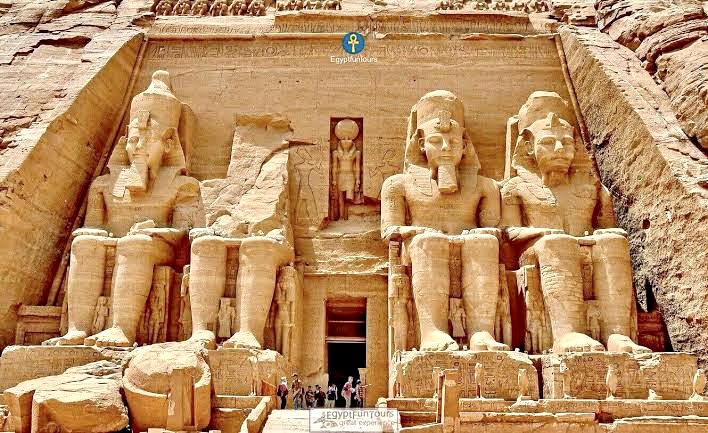
However, an equally stunning, but a tad more modest, is the companion Temple right next door: Temple of Nefertari, Ramses II beloved wife:
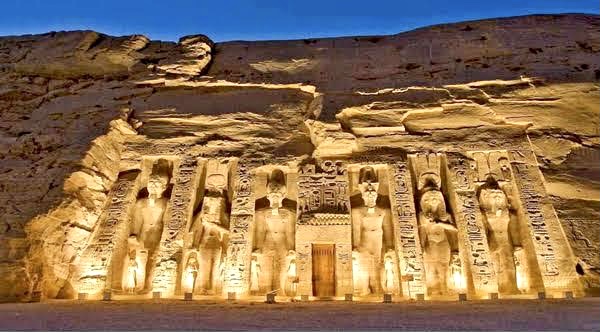
Just as I told you: “monumental, mystical, near-hysterical, ancient beauty”
Enter Moses: The Only Man to Beat Ramses II (With Divine Intervention)
Moses was born in Egypt at the time Pharaoh had ordered that all newborn male Hebrew children be cast into the Nile. Moses was rescued by the daughter of the Pharaoh — see picture below. He was brought up in the splendor of the Egyptian court as her adopted son. In fact, Moses was an Egyptian Prince in those more peaceful days. Moses rebelled against Egyptian cruel tyranny towards their Hebrew slaves. He fled Pharaoh’s court but eventually returned to challenge the Pharaoh. This set the scene for the most important grudge match the (religious) world has ever seen.
The Egyptian rulers made the mistake of tangling with Moses by rejected his demands. Who was that pluckless and unlucky Pharoah most reviled in Western history? That ruler was likely to be Ramses II himself, along with Ramses’ father Seti I. These two Pharaohs were overlords of the worlds’ most powerful empire at that time. Yet, they all lost big time, for defying Moses. The reason is simple according to the Judeo-Christian record: Moses was backed by all that the Old Testament signifies and mightier than anything, including Pharaoh. To the believers in the Judeo-Christian tradition; it was the winners who write the history book. In this case, the winners wrote their history book and it is the Old Testament.
But was Ramses II really the villain in the Moses story? According to the National Geographic: “The identity of Pharaoh in the Moses story has been much debated, but many scholars are inclined to accept that Exodus has King Ramses II in mind.“ More specifically, the following is taken from Encyclopedia Brittanica reviewing the date of Moses’ birth:
“If this is true [some proposed birth date for Moses’ – ZVC], then the oppressive pharaoh noted in Exodus (1:2–2:23) was Seti I (reigned 1318–04), and the pharaoh during the Exodus was Ramses II (c. 1304–c. 1237). In short, Moses was probably born in the late 14th century bce.”
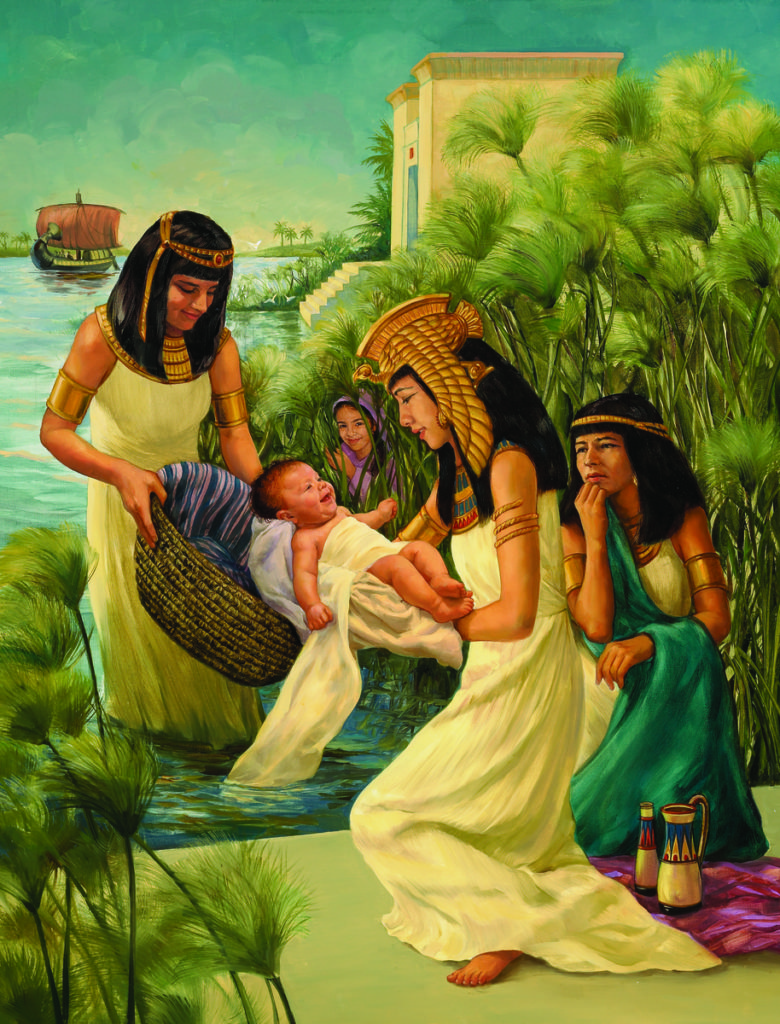
Note: in the above quote, this section of the Moses story had two parts. Pharaoh Seti I was the ruler for the early years of the Moses and Pharaoh conflict (see Exodus (1:2-2:23). Seti I son, Ramses II, was at the helm during the final scenes. Seti I was a Pharaoh of hardship and oppression towards the Hebrews. In turn, Seti I was on the receiving end of the nine plagues; including the plague of frogs; and the plague of boils; and the straw that broke the camel’s back: the death of every oldest Egyptian child. This last infanticide plague forced Pharaoh’s hand. He reluctantly agreed to let Moses and his people go. Thus, the Exodus was Moses’ last act in Egypt. By the time of Exodus, Ramses II had succeeding his father, who had passed away. The Exodus scenes include all the events where Moses collected his people and fled Egypt to seek the Promised Land. To flee, Moses had to cross the Red Sea. While Moses was in transit, Ramses II changed his mind. The Egyptian ruler ordered his army to capture and retrieve the Hebrew slaves. With Pharaoh’s army in hot pursuit, Moses safely crossed the parted Red Sea. The army, heedless of the danger, tried to cross the parted sea. Upon entering, the partitioned waters reunited; drowning Pharaoh’s army in an utter defeat for Ramses II.
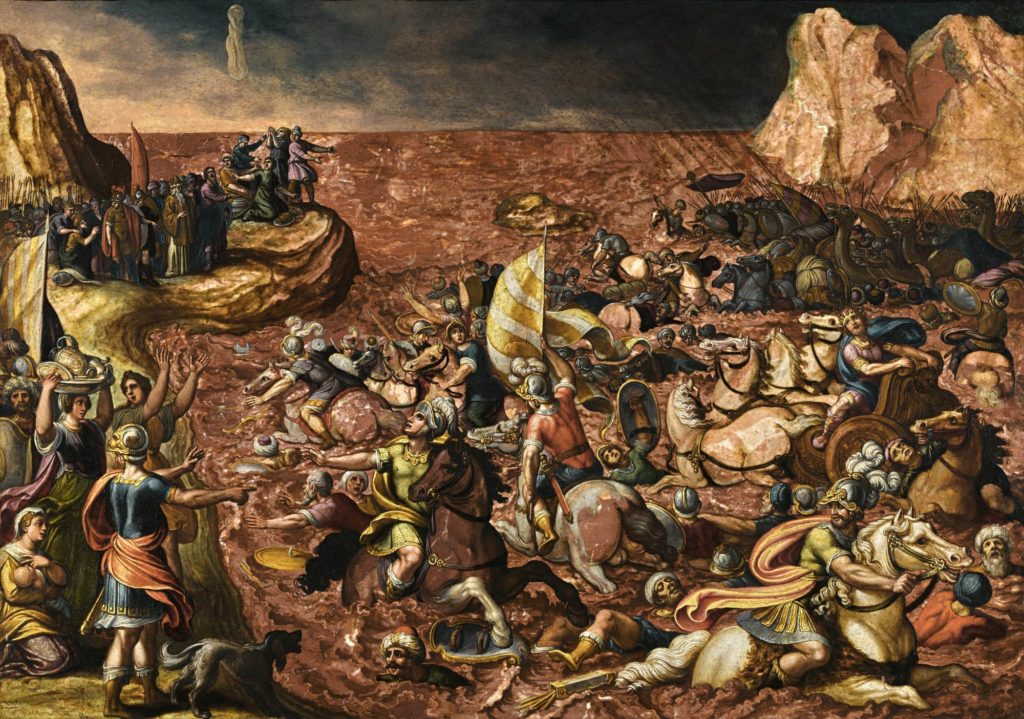
In sum, Ramses II led the Egyptian army against many enemies including the Hittites, Syrians, Libyans, and Nubians. He expanded the Egyptian empire and secured its borders against attackers. Perhaps the most famous battle was against the Hittites was the cataclysmic but indecisive Battle of Kadesh. This battle ended in a draw, but also ended with the first written peace treaty in history. Ramses II himself, lead many military campaigns; he was at the head of his army in many battles. Ramses also developed Egyptian society and economy into the pinnacle of ancient success. However, if you follow the Old Testament, Ramses II fought one battle he could not win. From this story, comes the lesson for us all:
Never Bet Against Moses
Related Ramses II articles are on this website (templesandtribes.net) These articles are under “Historic News” in Table of Contents. In addition, under “Travelogue-Egypt” There are other articles on Ancient Egypt. These articles below focus specifically on Ramses II: 1. Aswan Egypt Part I: Ramses II Protecting Egypt… 2. Aswan Egypt Part II: Ramses II Protecting Egypt… 3. Sadly, Ramses II is the Fallen Ozymandias
